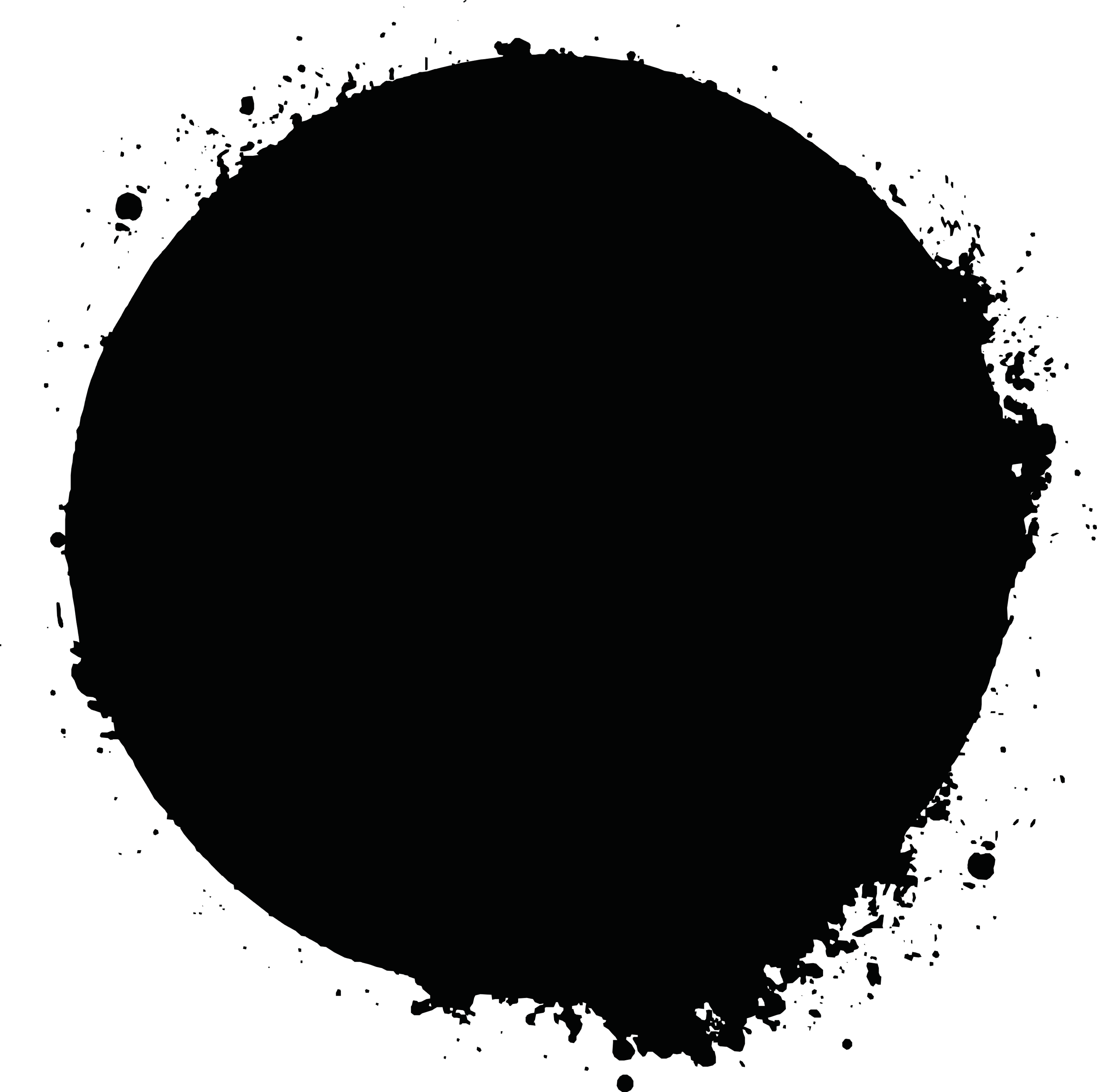How to use LFO for Sounddesign on Digitakt
- 59 Perlen

- Mar 15, 2021
- 3 min read

Yesterday, I had a very interesting zoom session with one of my musician friends. She creates beautiful Ambient music, just starts to discover the possibilites of modern equipment and she really likes my music too :)
Suddenly, she said: "I've been told I need to know about LFO, can you explain it?" and started laughing as she heard about before, but never used this kind of sound modulation stuff.
So here's a little explaination (also for the rest of us haha) plus some ideas what you can do with LFO on the Digitakt.
What is LFO
In short, LFO stays for "Low-frequency oscillation" and I found an article on Wikipedia that explains it very good:
"The primary oscillator circuits of a synthesizer are used to create the audio signals. An LFO is a secondary oscillator that operates at a significantly lower frequency (hence its name), typically below 20 Hz. This lower frequency or control signal is used to modulate another component's value, changing the sound without introducing another source. Like a standard oscillator, this usually takes the form of a periodic waveform, such as a sine, sawtooth, triangle or square wave. Also like a standard oscillator, LFOs can incorporate any number of waveform types, including user-defined wavetables, rectified waves and random signals."
Using a low-frequency oscillation signal as a means of modulating another signal introduces complexities into the resulting sound, such that a variety of effects can be achieved.
For instance, when a LFO is routed to control the pitch, it creates vibrato (depending on the waveform). Or when it modulates the volume amplitude, it creates a tremolo.
On most synthesizers and sound modules, LFOs have several controllable parameters, which often include a variety of waveforms, a rate control, routing options, a tempo sync feature so the LFO plays in sync with the track speed, and an option to control how much the LFO will modulate the audio signal.
How to use LFO on Digitakt
As you're talking to a Digitakt nerd, you'll want to know how this very technical stuff applies now to the Elektron machine.
Well. On the Digitakt, each audio track has 1 LFO that can be routed to modulate, for example, the frequency of the audio oscillator, its phase, stereo panning, filter frequency, or amplification and it's very easy to setup on the Digitakt.
All these parameters are accessable on the LFO page. Just select the track you want to add the LFO and open the LFO page by pressing its button.
Digitakt's LFO parameters
Let's quickly go through the settings before I show you an example.
SPD - Speed sets the speed of the LFO.
MULT - Multiplier multiplies the SPD parameter by the set factor
FADE - Fade In/Out makes it possible to fade in/fade out the LFO modulation.
DEST - Destination selects the modulation destination for the LFO
WAVE - sets the LFO waveform: Triangle, Sine, Square, Sawtooth, Exponential, Ramp and Random
SPH - Start Phase sets the point within the wave cycle where the LFO will start when it is trigged
MODE - Trig Mode sets how the LFO will act when a note is trigged
DEP - sets the depth and polarity of the LFO modulation
Pro-Tip: Using Digitakt's "Loopback" feature enables additional destinations and extra LFOs!
Ideas for using the Digitakt LFO
I'm using the LFO to modulate the FX settings, for instance. Set the SPD to a very low value, choose the "Reverb HPF" as DEST and set "DEP" to a mid range depth. The reverb will constantly move and keeps a track alive.
Another idea is to get a sound to be payed from an old record. Set SPD to a low value, DEST to "Pitch" and DEP to a very low value. Works well with drones or pad sounds - you will get a constant Pitch move that can bring the sound to live.
Last but not least, it's a very nice possiblity to at "Bitreduction" to a track: Choose the RANDOM waveform, set SPD to "32" so it syncs to the track Speed, spice up with some FX and have fun.
Want to dive deeper into Digitakt track creation?
Have a look on my Digitakt Online Class! It's a video course focussed on creating tracks with the Digitakt. It covers LFOs, Arrangement, Performing, Digitakt FX and many other interesting topics!



Comments